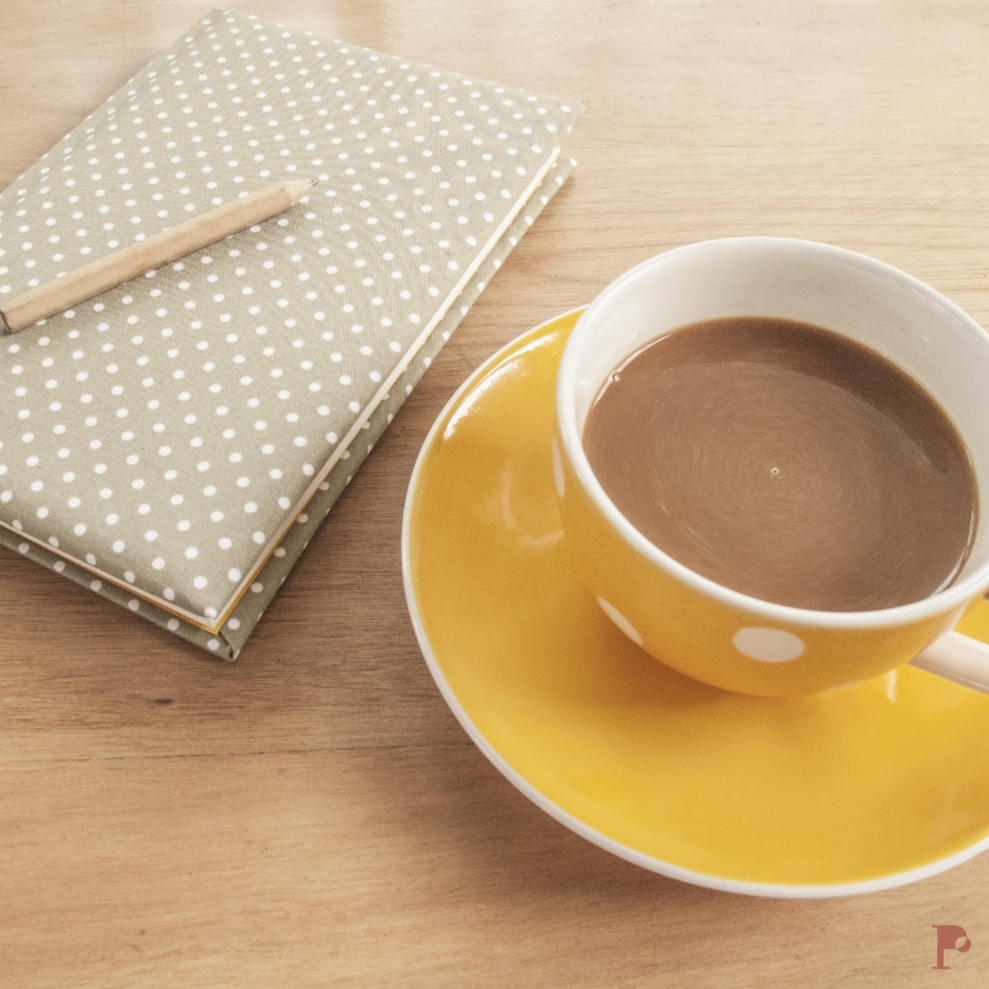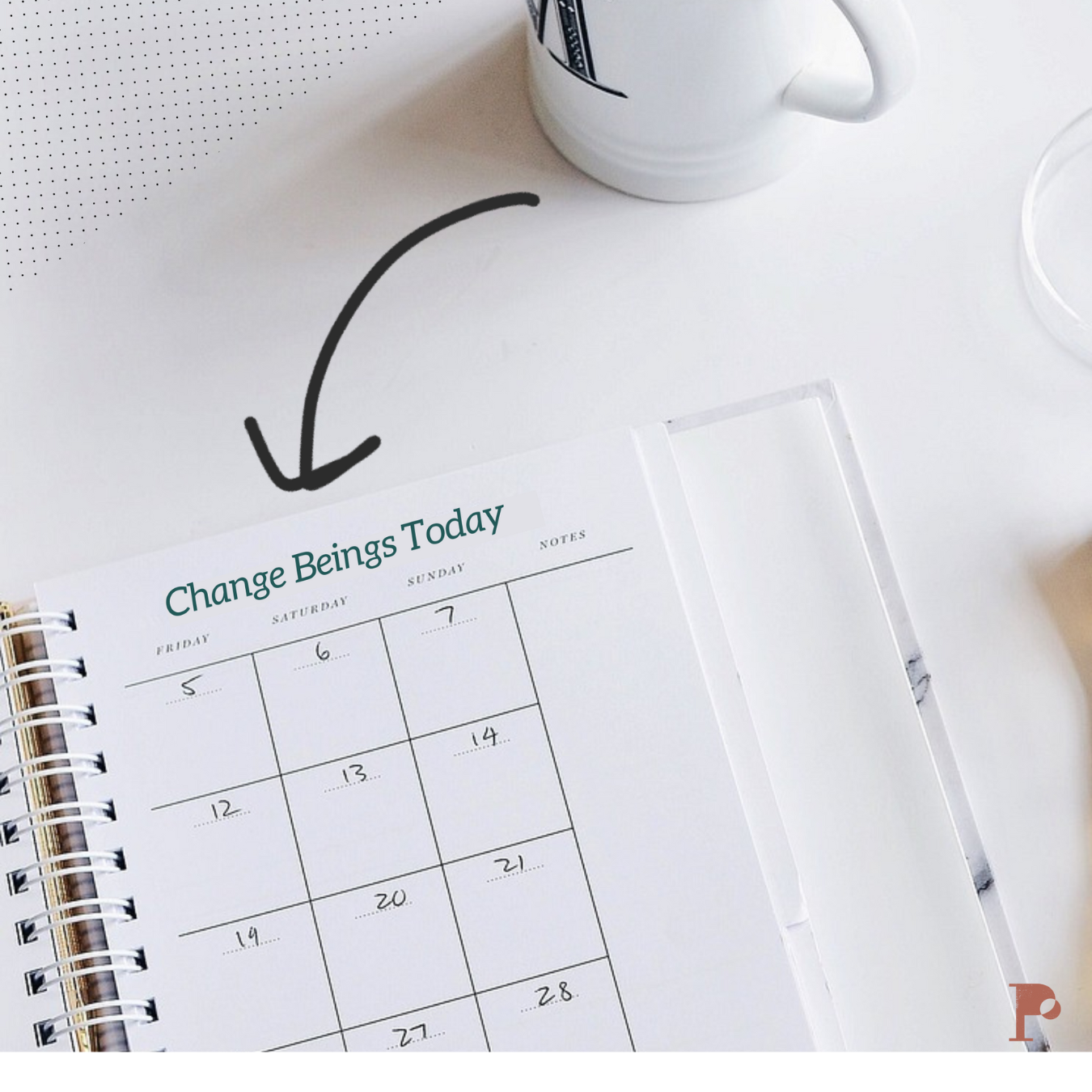Part of the struggle of getting organized is knowing where to put things. You start sorting through a closet and come across a box of miscellaneous memories and you get stuck because “where do I put something like this?”
Here are a few simple but important questions to ask yourself to help determine where things should be stored:
How often do you use it? Often: it should be stored in an accessible location that takes less than two steps to access it [not stacked under things, or no lid].
Every once in a while: it can be on a high shelf or towards the back of the closet.
Hardly ever: do you really need it? And if so, then basement or storage area.
Think of your kitchen as an example. Most likely you keep the items you use the most frequently, closest to your dishwasher, and the items you use less frequently are on the top shelf of the pantry or nestled under other bowls. Same concept for every other area of your home. Things you use the most are most accessible.
Where do you use it? Store items where you use them. This not only helps you find the item quickly, but it ensures you’ll put it away, as well [or will have a greater chance of it, at least]. Even if the item isn’t traditionally kept in the living room, if you always use it in the living room, store it in an end table or nearby closet. This can make a HUGE difference for kids, especially, who never put their toys away. If their Legos are stored in a cumbersome location across the house and they always drag them into your office to play with, there is little to no chance they will be putting them away–and a good chance you will be cursing as you step on the little pieces. Just saying. Find a home for a few legos in your office to make everyone happy.
What other similar items do I have? Keep related items together, “like with like.” Often times the items you don’t know what to do with are a part of a family of similar items, such as other papers, tools, electronics, toys, toiletries, travel items, mementos, etc. which already have a home.
Back to the kitchen analogy, in theory, you keep all the storage containers in one drawer or the cutting utensils together, same with keeping other “like” items around your home together.
Specific Items:
Below are pestilent items that many people I work with get stumped on knowing where to store.
Gift Cards: reference folder or mini file in a top drawer in office or kitchen that you see often. Or in your car glove box so you always have it with you. [The hardest part for me is remembering to actually use it!]
User Manuals: create a file in the file cabinet for household manuals. Though most likely, you don’t even need to keep it, unless it has information about extended warranty. Most products now have all the manuals online for reference. For some items it is appropriate to store the manual where the item is located. In that case, put it in a sheet protector and tape it to the back or put it in the drawer next to the item.
Electronics: Keep all electronic cords and the gadgets that you use on occasion in a basket or tub. Store the basket in a hall closet or cabinet, labeled appropriately. And I’d recommend labeling the cords with tape so you remember which gadget it goes with [cords quickly start to look alike]. The electronics you use every day should be in a charging zone or station. Store the family’s electronics near designated outlets and be sure they are returned there every day/evening for charging.
Kids Projects: If it’s a project to applaud over, designate a place to hang projects such as on the fridge, a decorative cord with clothes pins, or decorative project frame [love this!]. The projects to keep long term should be stored in a memory box or in a hanging file by year, labeled by child. If it’s a huge project, take a photo of the project, or the child with the project, and throw the project away. Keep the file/memory boxes in a safe and dry place.
Knick Knacks from Relatives: We all get those gifts that we really didn’t want, but feel bad getting rid of. What if they come over and ask to see it? This is a tough one. If you really don’t like it, it’s not worth keeping it. It clutters up your life and remember, you’re trying to stop filling up your space. You need to have things in your home and life that bring you joy, not that cause guilt. But, I know it’s not that easy for some of us. So you have to weigh the pros and cons of keeping it. If you have to keep it, put it in a guest room or less traveled area of the house so you don’t have to see it every day. Or, some of you brave ones can offer to give it back to the giver for them to cherish. [and I’d love to hear how that goes! Sometimes that stops the cycle.]
Funeral Programs: When people we love pass, it’s hard to know what to do with all their belongings, let alone the items from the service. If you feel the programs/bulletins are mementos to keep, start a file for funeral programs. Or scan the program so you have it as a digital file and can toss the paper.
Appointment Reminder Cards: Put the appointment on your calendar and throw it away. Same with party invites and other events. When you’re at the doctor, don’t accept a reminder card if you are writing it in your calendar as you schedule it. Just because they give it to you, doesn’t mean you need it.
Contact Information/Addresses: Business cards and emails that have contact information you want to keep can bog up your email or junk drawer, and often when you need it, you can’t find it anyway. Put the information into your contacts and ditch the business card or scan the card and keep it in Evernote tagged as a ‘potential contact.’ If you aren’t a digital person, you can create a file for address lists you reference frequently.
Passwords: Store them in a safe or unsuspecting space. Inside the cabinet door is not a secure place…nor is in a file called “passwords.” Better locations are a fireproof safe, locked drawer, or password protected electronic document on your computer. There are aps to keep passwords secure, but then you need to remember that password! Whatever you do, be sure someone knows where you keep them. In case something happens to you, they will need access to your accounts.
If you have other items you don’t know where to store, send me an email Michelle or find me on Facebook and ask.



